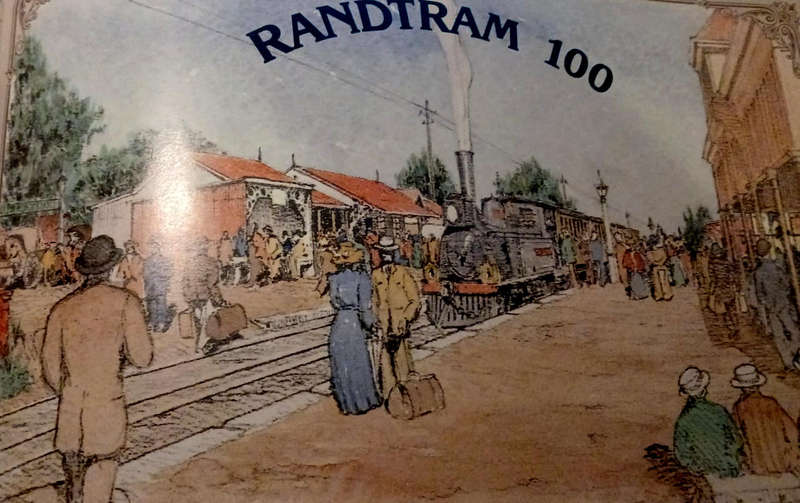
Rand Tram 100 (Limited Edition)
Check my rate
| Main centres: | 1-3 business days |
| Regional areas: | 3-4 business days |
| Remote areas: | 3-5 business days |

| Main centres: | 1-3 business days |
| Regional areas: | 3-4 business days |
| Remote areas: | 3-5 business days |
LIMITED TO 3000 COPIES) RandTram 100, 1890 - 1990, SA Transport Services Museum, Feb. 1990, hardcover with gilt lettering to cover, , landscape format, illustrated, English/ Afrikaans text, 30.6 cms x 21.2 cms, condition: new.
The Rand Tram, as the short Johannesburg Railway became known, despite its relatively short length (81 kms) had proportionally the greatest number of stations and halts, compared with the other NZASM lines. If the size and quality of the design of these station buildings are anything to go by, the centre of the Transvaal railway system was Johannesburg and not Pretoria, despite President Kruger's political motivation concerning a railway connection to the sea. During 1896 the NZASM embarked upon an extensive programme intended to upgrade most former Rand Tram stopping-places to halts. Simple halt buildings were erected at Luipaardsvlei, Witpoortje, Florida, Langlaagte, Fordsburg, Doornfontein, George Goch, Cleveland, Geldenhuis, Simmer & Jack, Knights, Heidelberger-pad, Oostrand and Vogelfontein. In most cases only a single structure containing waiting-room, office and station-master's accommodation was provided. At more important halts like Doornfontein storage space and a waiting-room for coloured persons were added. These halt buildings were simple, rectangular corrugated iron structures with gables and low-pitched roofs and lean-to platform canopies. Except for a replica of Doornfontein Halt at Johannesburg's Gold Reef City, these buildings no longer exist.
The stations or halts on the Johannesburg route in 1890 were:
Johannesburg (today Braamfontein)
Park (today Johannesburg)
School (today Jeppe)
Jumpers (today Cleveland)
Elandsfontein (today Germiston)
Knights (now disused)
Heidelbergerpad (today Angelo) and
Vogelfontein (today Boksburg).
Roodepoort and
Maraisburg were once halts.
Langlaagte,
Florida and
Witpoortje
were merely stopping-places with the usual shelters.
Between 1891 and 1896 nine additional stopping-places had to be provided to cope with the growing volume of traffic in passengers and goods. These included
Fordsburg
Doornfontein and George Goch.